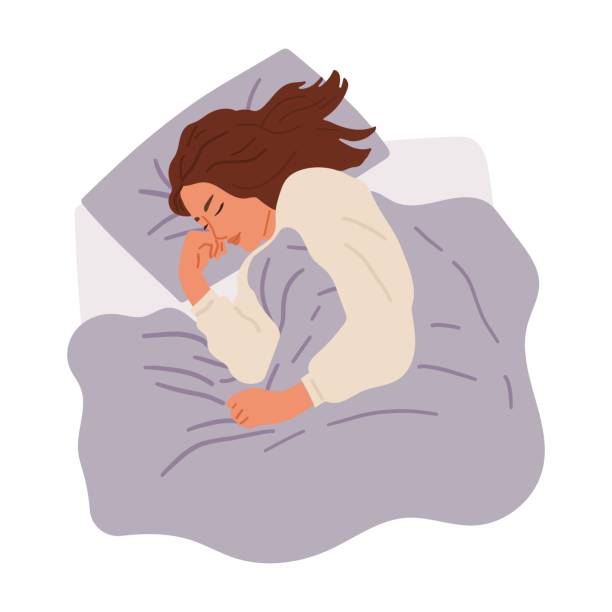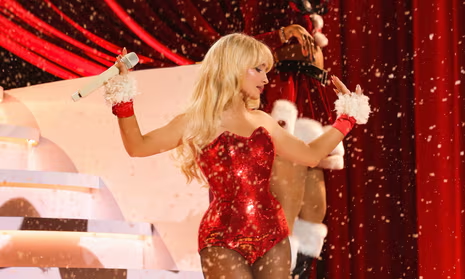by Andrew Rodriguez
Ouija: Origin of Evil is a sequel to the critically panned 2014 horror film Ouija. The film was loathed due to its awful acting, cheap and unwarranted jumpscares, and uninspired direction as a whole. It was the culmination of everything wrong with horror movies today, which is, in short, a lack of effort. It was forgotten within weeks, forever lost in the endless growing barrel of below-average horror movies that seem to be getting pumped out at an alarming rate.
Much to audiences’ surprise, Universal Studios decided to give the franchise another go, with new director Mike Flanagan (Oculus), along with a new cast of characters and a fresh 1960s coat of paint.
This time around, the plot follows the Zander family, which consists of a widowed mother, Lina, and two daughters, Alice and Doris, who run a seance scare scam out of their house in 1965 Los Angeles. Things go fine until an attempt to spice up the scam with a ouija board goes wrong and the youngest daughter becomes possessed by a malicious demon.
While the plot may seem generic, and it is admittedly, the real appeal is mostly from the dreadfully creepy aesthetic of the film given by director Mike Flanagan, as well as the standout performance from child actress Lulu Wilson, who contributes to much of the scares and chills of the film.
The execution of scares in this film is done differently than other modern films of the genre. Typically, there is buildup with loud obnoxious music and a booming noise at the end to signify when the audience should be scared, basically herding the audience into jumping at loud and sudden noises, which tricks people into thinking they are scared.
However, Flanagan takes a more unique approach of letting the lack of sound build the suspense with lingering shots keep the audience squirming. In place of loud booms accompanied by a scary image of a ghost or monster, Flanagan employs silence followed by the scary image. It is more effective in that the silence lets the disturbing images on screen sink in, leaving a lasting effect. Because of this technique, the scares are a level above most other horror movies.
On top of the fresh and interesting approach to scares, the standout performance of Doris, the possessed little girl cliché, improves the movie significantly. Having a possessed child actor in horror movies usually works against them, as typically the actor isn’t skilled enough to instill any real fear or creepiness into the audience, instead working against the direction by the absurd and silly things they say and do are.
However, Flanagan managed to squeeze out a legitimately chilling performance from the child actor; she mostly stays out of the realm of cheesiness, and her presence is felt and feared in her scenes.
While the film is a huge step in the right direction for the dead-on-arrival franchise, there is a bit of a lull in the second act. The pacing slows down and speeds up sporadically at times, but the issues are minor.
All in all, Ouija: Origin of Evil is not only an impressive sequel, but a great horror film on its own.























